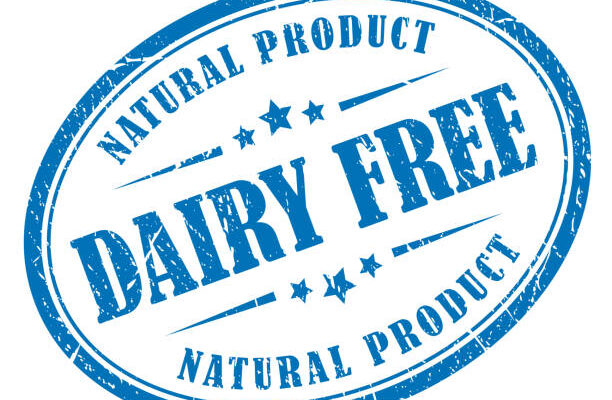In recent years, the demand for dairy-free products has surged dramatically. Whether you’re lactose intolerant, vegan, or simply looking to make healthier dietary choices, there’s a wide array of dairy-free options available today. However, with so many choices on the market, it can be overwhelming to determine which dairy-free products are the best for your needs. In this comprehensive guide, we will explore how to choose the best dairy-free products, covering everything from milk alternatives to cheese, yogurt, and more.
-
Why Go Dairy-Free?
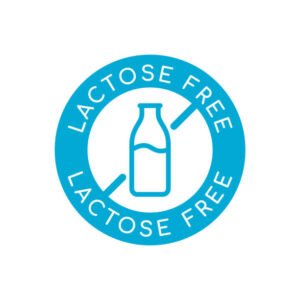 (Photo from iStock)
(Photo from iStock)
Before we dive into the details of choosing dairy-free products, let’s briefly discuss the reasons why someone might opt for a dairy-free diet:
- Lactose Intolerance: One of the most common reasons people go dairy-free is lactose intolerance. Lactose is the sugar found in milk, and individuals with lactose intolerance lack the enzyme needed to digest it properly. This can lead to digestive discomfort, bloating, and diarrhoea.
- Veganism: Vegans avoid all animal products, including dairy, for ethical and environmental reasons. They choose dairy-free alternatives to enjoy the taste and texture of traditional dairy products without contributing to animal exploitation.
- Dietary Preferences: Some people choose to reduce or eliminate dairy from their diets for various dietary preferences, such as paleo, keto, or Whole30 diets.
- Allergies: Dairy allergies can be severe and even life-threatening for some individuals. In such cases, it is crucial to avoid all dairy products and opt for dairy-free alternatives.
Now that we understand why people choose dairy-free options, let’s explore how to select the best ones:
-
Choose Milk Alternatives Wisely
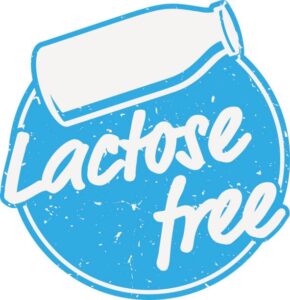 (Photo from iStock)
(Photo from iStock)
Milk alternatives are among the most popular dairy-free products. They come in various forms, including almond milk, soy milk, coconut milk, oat milk, and more. When choosing a milk alternative, consider the following factors:
- Taste and Texture: Taste preferences vary from person to person, so it’s essential to try different milk alternatives to find the one that suits your palate. Some may prefer the nutty flavour of almond milk, while others may enjoy the creaminess of oat milk.
- Nutritional Content: Examine the nutritional content of milk alternatives. Look for options fortified with calcium and vitamin D, as these nutrients are typically found in dairy milk. Ensure that the product provides adequate protein if that’s an essential dietary consideration for you.
- Allergies: If you have nut or soy allergies, be cautious when choosing almond or soy milk. Opt for alternatives like rice milk or oat milk, which are typically nut- and soy-free.
- Shelf-Stable vs. Refrigerated: Milk alternatives are available in both shelf-stable and refrigerated formats. Shelf-stable options have a longer shelf life but may contain more additives, while refrigerated versions are often more natural but have a shorter shelf life.
-
Evaluate Dairy-Free Cheese
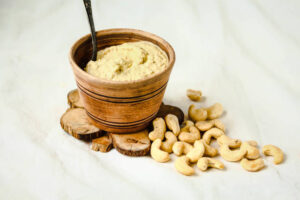 (Photo from iStock)
(Photo from iStock)
Dairy-free cheese has come a long way in terms of taste and texture. It can be a great addition to sandwiches, pizzas, or pasta dishes. Here’s what to consider when choosing dairy-free cheese:
- Taste and Texture: Just like milk alternatives, the taste and texture of dairy-free cheese can vary widely. Some products melt well and have a cheesy flavour, while others may not be as convincing. Experiment with different brands and types to find your favorite.
- Ingredients: Check the ingredient list for dairy-free cheese products.
- Melting Properties: If you plan to use dairy-free cheese for melting, pay attention to its melting properties. Some brands melt better than others and can be used for making gooey grilled cheese sandwiches or pizza.
- Nutritional Profile: Examine the nutritional content of dairy-free cheese. Some products are fortified with vitamins and minerals, while others may be higher in fat and sodium.
-
Explore Dairy-Free Yogurt
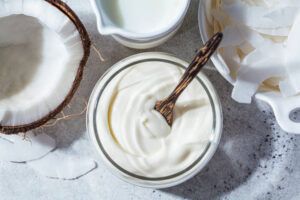 (Photo from iStock)
(Photo from iStock)
Dairy-free yogurt is a versatile product that can be enjoyed on its own or used in recipes and smoothies. When selecting dairy-free yogurt, take the following factors into account:
- Flavour Varieties: Dairy-free yogurt comes in a wide range of flavors, from plain and unsweetened to fruity and sweetened. Consider your taste preferences and how you plan to use the yogurt when choosing a flavour.
- Probiotics: Some dairy-free yogurts are fortified with probiotics, which can be beneficial for gut health. If this is a priority for you, look for products that specify the presence of live and active cultures.
- Sugar Content: Pay attention to the sugar content of dairy-free yogurt. Some flavoured varieties can be high in added sugars. Choose unsweetened or lightly sweetened options if you’re concerned about sugar intake.
- Texture: Dairy-free yogurt comes in different textures, such as creamy, thick, or drinkable. The texture can influence how you use it in recipes, so select the one that fits your needs.
-
Don’t Forget About Dairy-Free Butter and Cream
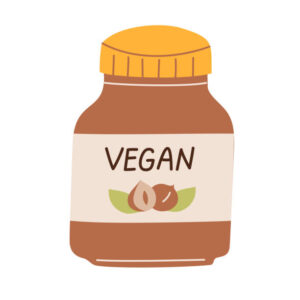 (Photo from iStock)
(Photo from iStock)
Dairy-free butter and cream are essential ingredients in many recipes, from baking to cooking savoury dishes. Here’s how to choose the best dairy-free options:
- Taste and Texture: Dairy-free butter and cream substitutes should have a flavour and texture that work well in your recipes. Some brands are known for their buttery taste, while others excel in creaminess.
- Ingredients: Examine the ingredient list for dairy-free butter and cream products. Look for options with clean, natural ingredients and avoid those with hydrogenated oils or trans fats.
- Melting and Baking Properties: If you plan to use dairy-free butter for baking or cooking, ensure that it melts and performs similarly to dairy butter. Some dairy-free butters have a lower smoke point, so be mindful of their use in high-heat cooking.
- Nutritional Value: Review the nutritional content to ensure that the dairy-free butter and cream products align with your dietary goals. Some options may be lower in saturated fat or calories than their dairy counterparts.
-
Experiment and Find Your Favourites
Ultimately, the best dairy-free products for you will depend on your personal taste preferences, dietary needs, and culinary goals. Don’t be afraid to experiment with different brands and varieties to discover your favourites. Additionally, keep in mind that the availability of dairy-free products may vary by location, so explore local grocery stores and specialty shops to find hidden gems.
Reference:
Safefood
Want to do a meal prep, what are you waiting, go check some amazing ideas for meal prepping, click on the link below:
How to do your meal prepping routine

